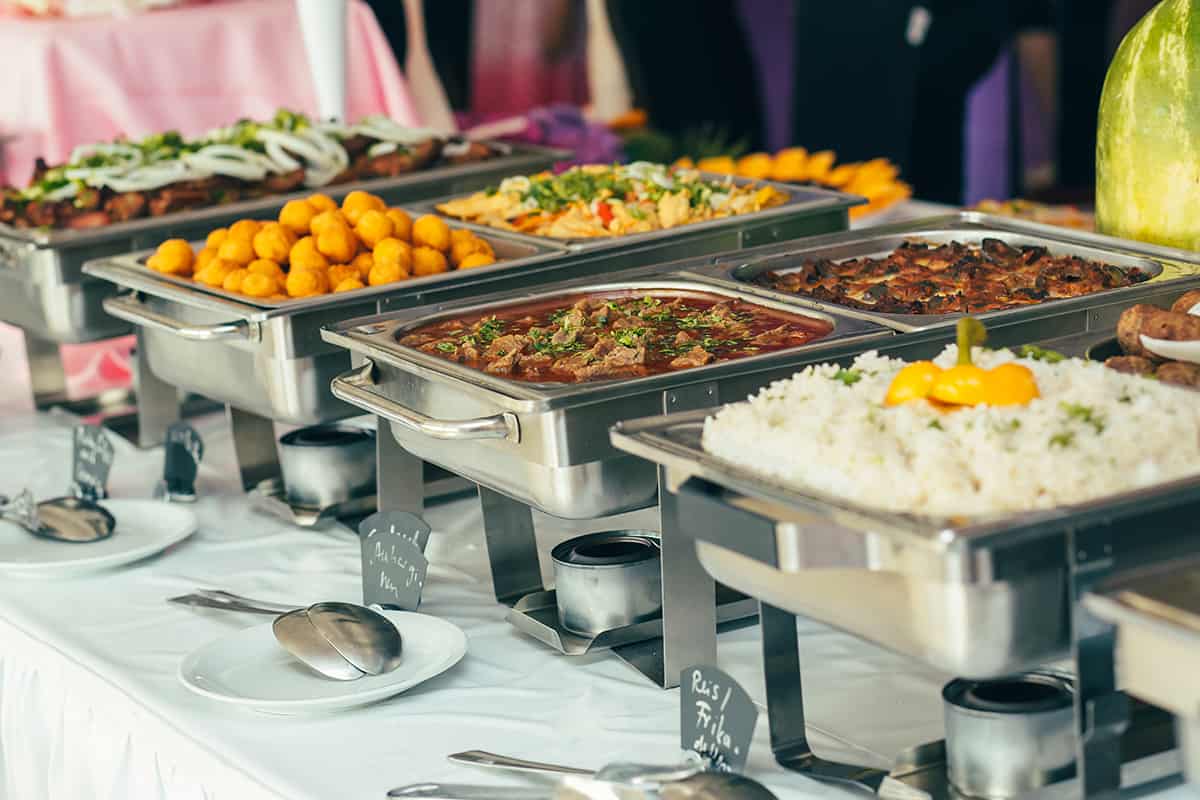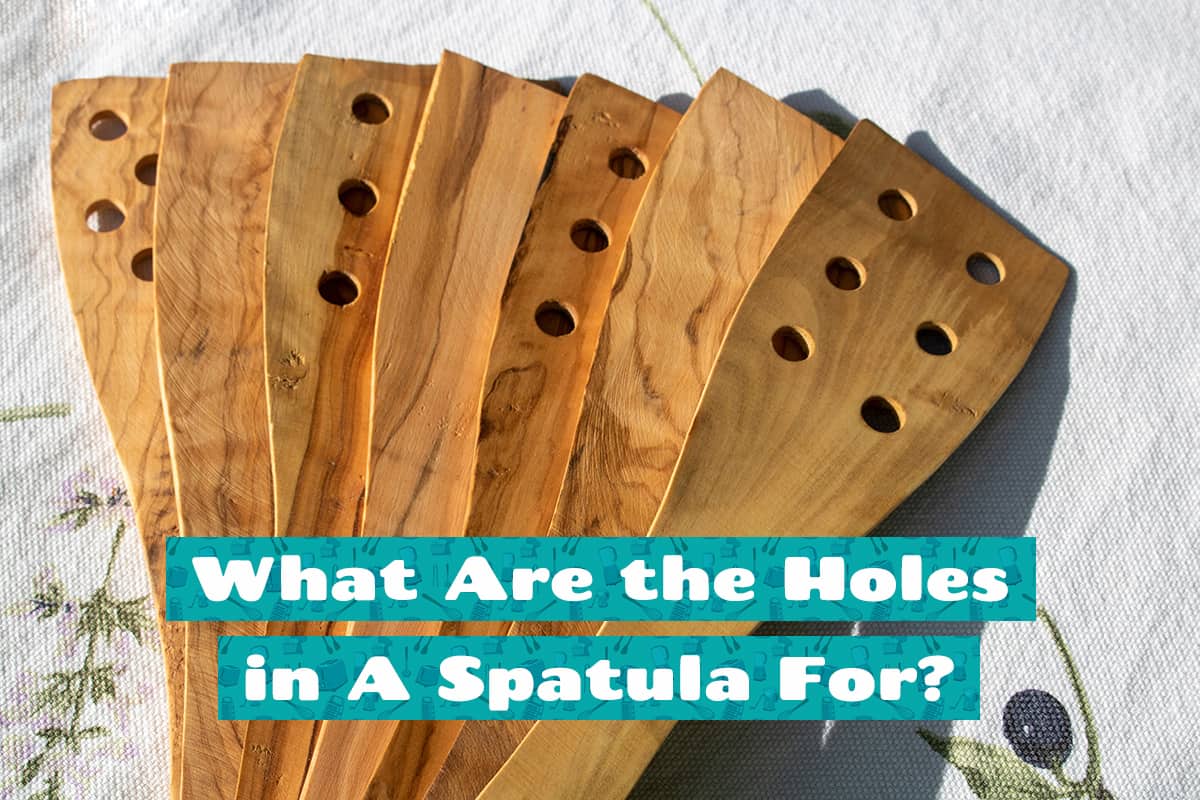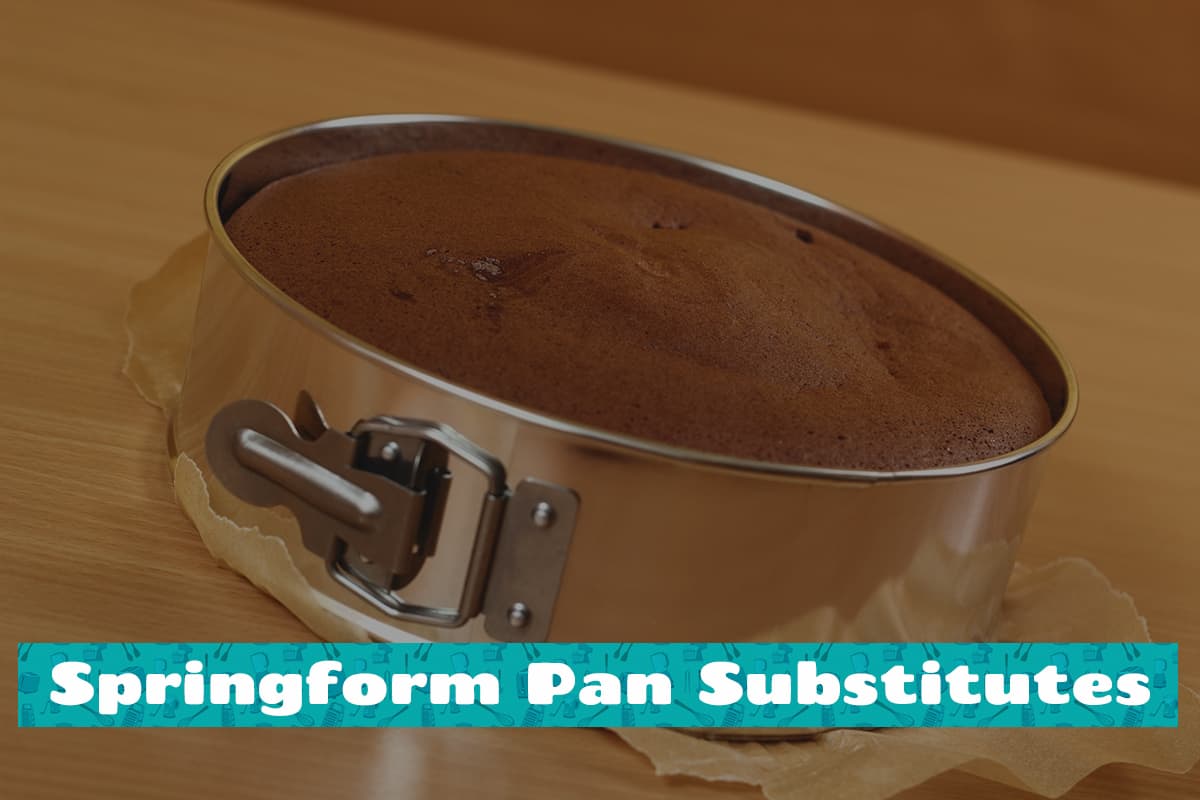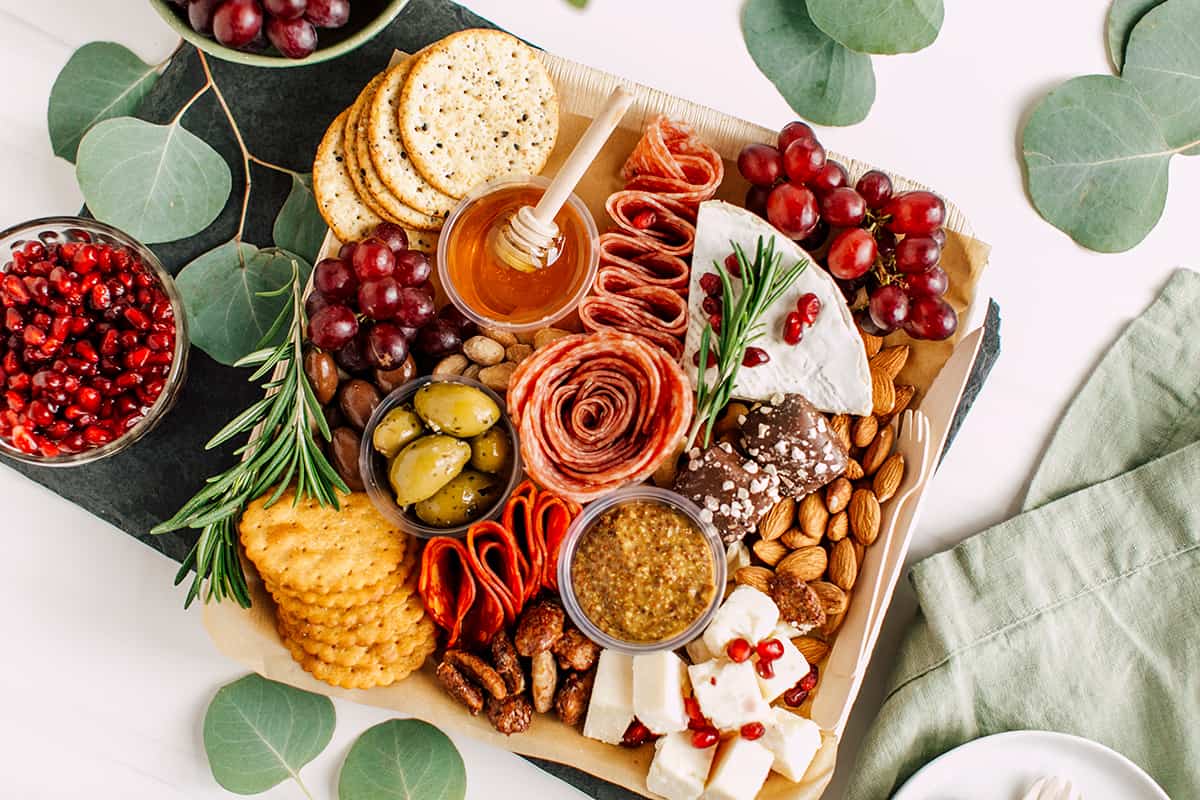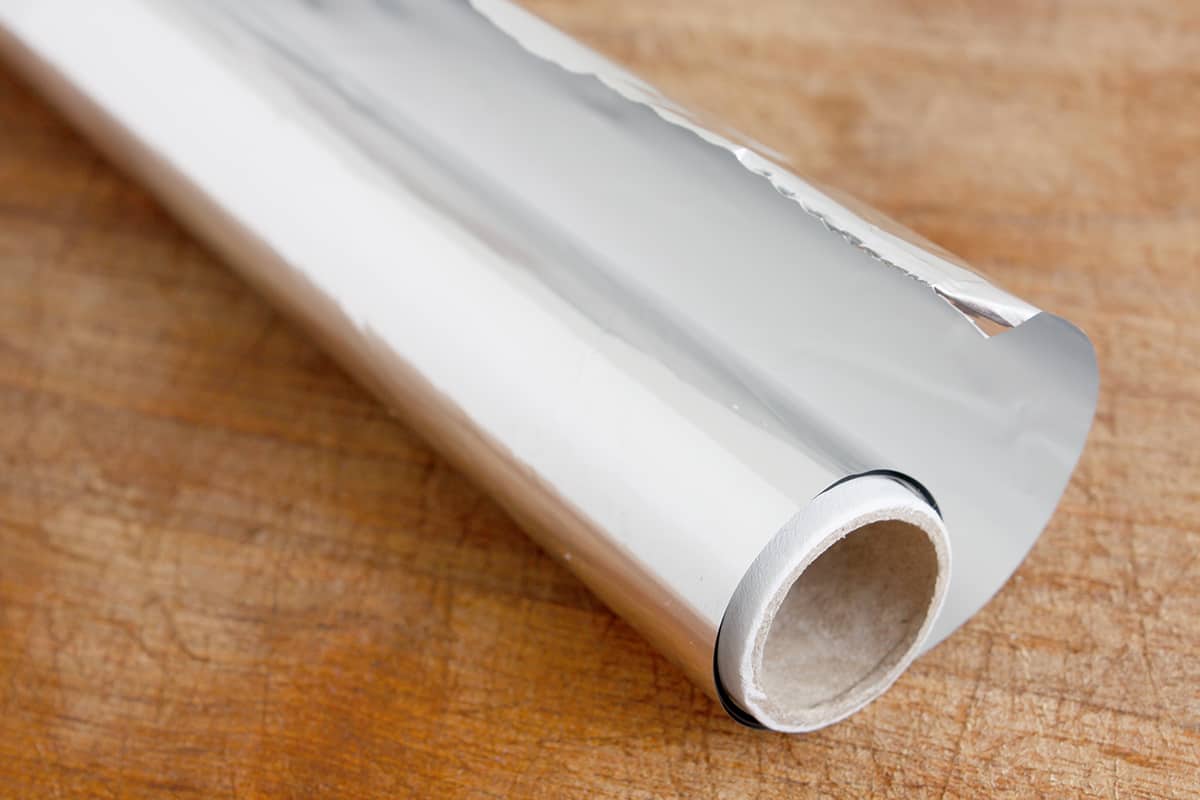One of the best things about staying in a hotel is the breakfast buffet. You are free to get whatever you want and however much of it you want without having to pay a single penny (except for the cost of the room). As you probably know, hotel pans, the devices hotel buffet food is served in, come in a plethora of types and sizes.
A full-sized hotel pan will measure 12-3/4 × 20-3/4 inches (324 × 527 millimeters). However, multiple hotel pans can take up the same amount of space as a full-sized hotel pan, making them smaller giving hotels the freedom to customize their buffet layouts.
In this guide, I’ll share with you the dimensions of hotel pans. I’ll also cover the different types of hotel pans based on construction and design.
Understanding Gastronorm Pan Sizes
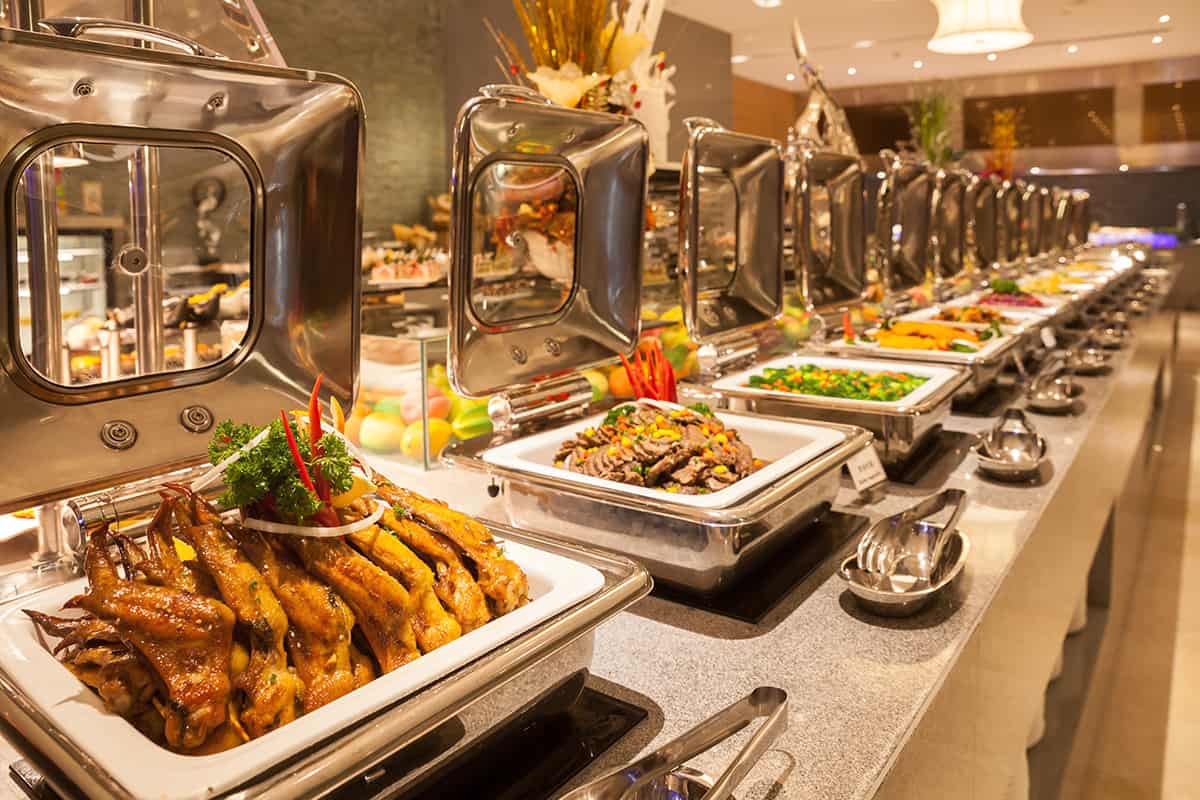
When you walk into a hotel buffet, you might see a portion of a table covered by a large hotel pan. Tat hotel pan, which measures 12-3/4 × 20-3/4 inches (305 × 508 millimeters), is known as a full-sized pan. This is known as gastronorm pan sizes, which was invented as a way of standardizing pans in hotel and restaurant buffets.
Other areas of the buffet will come with multiple serving pans that contain various types of foods and sauces. When you bunch them together, they will also typically cover 12-3/4 × 20-3/4 inches of a table’s surface area.
For instance, one full-sized hotel pan will take up as much space as four ¼-sized pans, six 1/6-sized pans, and so on.
Hotel Pan Size Chart
When recording the dimensions of a hotel pan, you need to look at its length, width, and depth. While many hotel pans may be identical in terms of length and width, they may differ in depth, which is what makes them appropriate for serving certain kinds of foods.
The following table chart will show the most common hotel pan sizes, gastronorm ratings, and their holding capacities.
| Pan Type | Gastronorm Size | Dimensions (inches) | Capacity (quarts) | Dimensions (millimeters) | Capacity (liters) |
| Full-Sized | GN 1/1 | 20-3/4 × 12-3/4 × 2-1/2 | 9 | 527 × 324 × 64 | 8.5 |
| 20-3/4 × 12-3/4 × 4 | 15 | 527 × 324 ×102 | 14.2 | ||
| 20-3/4 × 12-3/4 × 6 | 22 | 527 × 324 × 152 | 20.8 | ||
| 20-3/4 × 12-3/4 × 8 | 31.5 | 527 × 324 × 203 | 29.8 | ||
| 2/3 Size | GN 2/3 | 13-3/4 × 12-3/4 × 2-1/2 | 6 | 349 × 324 × 64 | 5.7 |
| 13-3/4 × 12-3/4 × 4 | 10 | 349 × 324 × 102 | 9.5 | ||
| 13-3/4 × 12-3/4 × 6 | 14.25 | 349 × 324 × 152 | 13.5 | ||
| 1/2 Size | GN 1/2 | 12-3/4 × 10-3/8 × 2-1/2 | 4 | 313 × 264 × 64 | 3.8 |
| 12-3/4 × 10-3/8 × 4 | 7 | 313 × 264 × 102 | 6.6 | ||
| 12-3/4 × 10-3/8 × 6 | 10 | 313 × 264 × 152 | 9.5 | ||
| 12-3/4 × 10-3/8 × 8 | 15 | 313 × 264 × 203 | 14.2 | ||
| 1/2 Long | GN 2/4 | 20-3/4 × 6-7/16 × 2-1/2 | 4 | 527 × 164 × 64 | 3.8 |
| 20-3/4 × 6-7/16 × 4 | 7 | 527 × 164 × 102 | 6.6 | ||
| 20-3/4 × 6-7/16 × 6 | 10 | 527 × 164 × 152 | 9.5 | ||
| 20-3/4 × 6-7/16 × 8 | 15 | 527 × 164 × 203 | 14.2 | ||
| 1/3 Size | GN1/3 | 12-3/4 × 6-7/8 × 2-1/2 | 2.63 | 324 × 175 × 64 | 2.5 |
| 12-3/4 × 6-7/8 × 4 | 4.5 | 324 × 175 × 105 | 4.3 | ||
| 12-3/4 × 6-7/8 × 6 | 6.5 | 324 × 175 × 152 | 6.2 | ||
| 1/4 Size | GN 1/4 | 10-3/8 × 6-3/8 × 2-1/2 | 1.63 | 264 × 162 ×64 | 1.5 |
| 10-3/8 × 6-3/8 × 4 | 3 | 264 × 162 × 102 | 2.8 | ||
| 10-3/8 × 6-3/8 × 6 | 4.75 | 264 × 162 × 152 | 4.5 | ||
| 1/6 Size | GN 1/6 | 6-7/8 × 5-3/16 × 2-1/2 | 1.25 | 175 × 132 × 64 | 1.2 |
| 6-7/8 × 5-3/16 × 4 | 2 | 175 × 132 × 102 | 1.9 | ||
| 6-7/8 × 5-3/16 × 6 | 1.5 | 175 × 132 × 154 | 1.4 | ||
| 1/8 Size | GN 1/8 | 6-5/16 × 5-3/16 × 2-1/2 | 3 | 160 × 132 × 64 | 2.8 |
| 6-5/16 × 5-3/16 × 4 | 1.1 | 160 × 132 × 102 | 1 | ||
| 6-5/16 × 5-3/16 × 6 | 1.5 | 160 × 132 × 154 | 1.4 | ||
| 1/9 Size | GN 1/9 | 6-3/4 × 4-1/4 × 2-1/2 | 0.63 | 171 × 108 × 64 | 0.6 |
| 6-3/4 × 4-1/4 × 4 | 1.25 | 171 × 108 × 102 | 1.2 |
What Are Hotel Pans Made of?
Hotel pans are typically made out of four different kinds of materials—stainless steel, plastic, melamine, and cast aluminum.
Stainless Steel
Many fancy restaurants and hotels will rely on stainless-steel hotel pans. Stainless steel has the benefits of being corrosion- and rust-proof, easy to clean, freezable, and highly durable. They’re also quite costly.
Most stainless-steel hotel pans are made of 22-gauge steel, which measurse about 1/32 of an inch (0.79 millimeters). While it’s relatively thin, it’s durable enough to withstand moderate bumps and drops without warping in shape.
Plastic
Plastic is one of the less-common materials of hotel pans, unless you are staying at an unstarred hotel. The benefit of plastic is that it’s shatterproof, relatively cheap, and it cooks can transfer it from cold to hot environments without the risk of warping or melting (up to 160°F or 71.1°C).
Melamine
Melamine food pans or trays are very rarely used in hotels. However, they are an attractive option due to their sturdy design, practicality, and inexpensiveness.
Cast Aluminum
Cast-aluminum hotel pans are similar to stainless-steel hotel pans in weight and durability. They can only retain heat and cold for much longer than plastic or melamine. While sturdier than melamine, cast aluminum is prone to warping when dropped.
Hotel Pan Designs
Hotel pans also come in a variety of designs—some of which serve very specific purposes. Here’s a quick rundown of the four designs or optional features you’ll come across.
Anti-Jam
While many hotel pans are stackable with their identically sized counterparts, you may have trouble separating them when the dinner crowd comes in. Anti-jam hotel pans solve this problem by being easier to pull apart.
Non-Stick
A non-stick hotel pan is ideal for foods that use sticky sauces. They have a Teflon interior, which makes sauces and condiments slide out with ease, but you should only use wooden or silicone utensils to preserve the Teflon surface.
Perforated
If you want to serve steamed vegetables or protein to your guests, a perforated hotel pan will work best. It will allow excess water to drip out of the pan, ensuring that the food does not become overly soggy. Perforated pans will typically have a second, larger pan to trap all of the dripped liquids.
Heated
This is a type of specialty pan that you can use to heat directly on the serving table. They will come with a heating element, which introduces heat to the bottom of the pan and ensuring that the food never goes cold.
